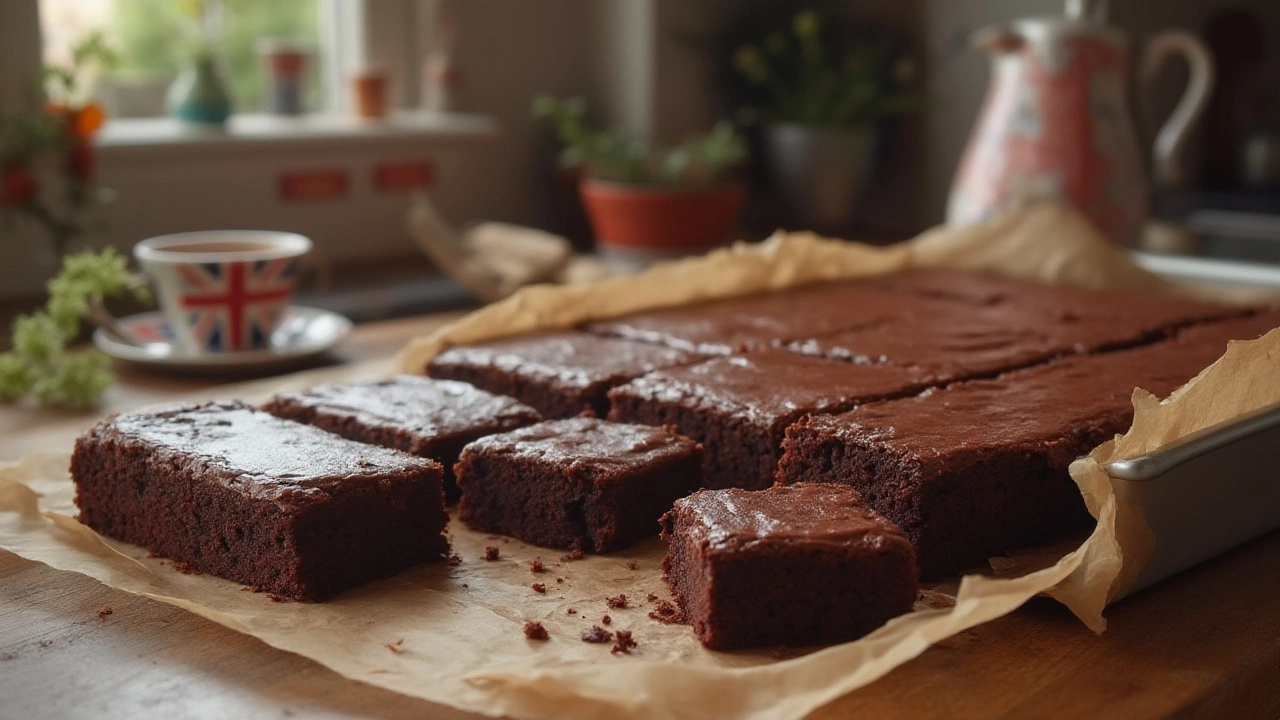
One of life’s small but real disappointments is biting into a so-called “fresh” brownie, only to find it’s gone dry and the glaze has lost its shine. Does storing a tray of perfectly glazed brownies have to feel like an impossible baking challenge? Not if you know the tricks of the trade. There’s a sweet spot between gooey, moist perfection and preserving that glossy, delicious top—if you handle your brownies right, every piece can taste like it just came out of the oven. Let’s get specific: we’re talking homemade or bakery-quality brownies, cut or uncut, with a classic chocolate glaze. Here’s what you need to know to keep that texture and flavor locked in for days, not hours.
Why Storing Frosted Brownies Is Different
Storing glazed brownies is not the same as popping a plain tray cake in a container. The glaze on brownies, whether it’s a simple cocoa icing or a richer chocolate ganache, brings both beauty and a set of unique problems. Why? Because made-from-scratch frostings are usually moisture-sensitive. Too much air dries them out and makes the glaze crusty; too little can leave you with sticky, smudged tops. Even humidity can mess with things—on muggy summer days, a perfect chocolate topping can start sweating or lose its delicate sheen within hours.
Brownies themselves are already high in moisture and fat, which helps extend their shelf life compared to dry cakes. Still, a glazed top acts almost like a second protective layer, but it’s fragile. If you just stuff a frosted brownie tray in a plastic bag, you might return to find the glaze smushed, stuck to the wrap, or sweating off. A lot of bakers learn this the hard way, especially those who take extra time to get the glaze right (think: smooth, shiny, crack-free, and decadent).
There are also fascinating science bits: Brownies high in sugar and butter keep from going stale as fast, but exposed edges will harden quicker than covered ones. A 2023 test by America’s Test Kitchen showed brownies stored with a layer of cling film and then foil stayed softer than those just thrown into a resealable plastic bag. They also found that the key to preserving the glaze’s appearance was minimizing direct contact. Air-tightness mattered, but not as much as not smushing the glaze. If you’ve ever spent time fussing over the perfect swirl or dipped glossy finish, you’ll get why this matters.
Now, big secret: the way you store cut brownies is not the same as for an uncut slab. Once you start slicing, every edge is a potential point for moisture evaporation—and if you’ve gone through the trouble of achieving a perfect top, you’ll want each piece to look as inviting as possible, even days later.
The Best Storage Containers for Frosted Brownies
So, what’s the holy grail of brownie storage? Most people probably grab whatever they have—a plastic Tupperware, a cookie tin, or (if we’re honest) plastic wrap on a plate. But, the wrong container can ruin your efforts. The best storage solutions keep air out, limit changes in humidity, and avoid direct contact with the soft glaze.
If you have the option, a flat, air-tight plastic or glass container works wonders. For bigger trays, the original baking pan can double as a container—just cover it well. But when using plastic wrap or foil, always place a parchment paper layer on top of the brownies before sealing to avoid sticking and marking the glaze. This really helps with presentation, especially if you’re sharing them later. Food-grade silicone lids are another solid upgrade for home bakers who don’t like waste and want a snug (but not smothering) seal.
Curious about the pros and cons of different storage options? Here’s a comparison to make life easier:
| Storage Method | Air-tight | Protects Glaze | Reusable | Best for |
|---|---|---|---|---|
| Plastic container | Yes | Yes, if space for glaze | Yes | Most glazed brownies |
| Glass container | Yes | Yes, keeps flavor | Yes | Longer storage |
| Plastic wrap | Moderate | No (can stick) | No | Short-term, uncut slabs |
| Parchment + foil | Moderate | Good | No | Transporting brownies |
Another hack: invert a container so the lid becomes a flat base for the brownies, and the larger, deeper part (now on top) won’t touch the glaze at all. It sounds small, but it prevents tragic smears and smooshed tops from happening. If you do have to stack brownies for space, separate each layer with non-stick parchment sheets. This way, the brownies keep their glaze and texture without sticking together.
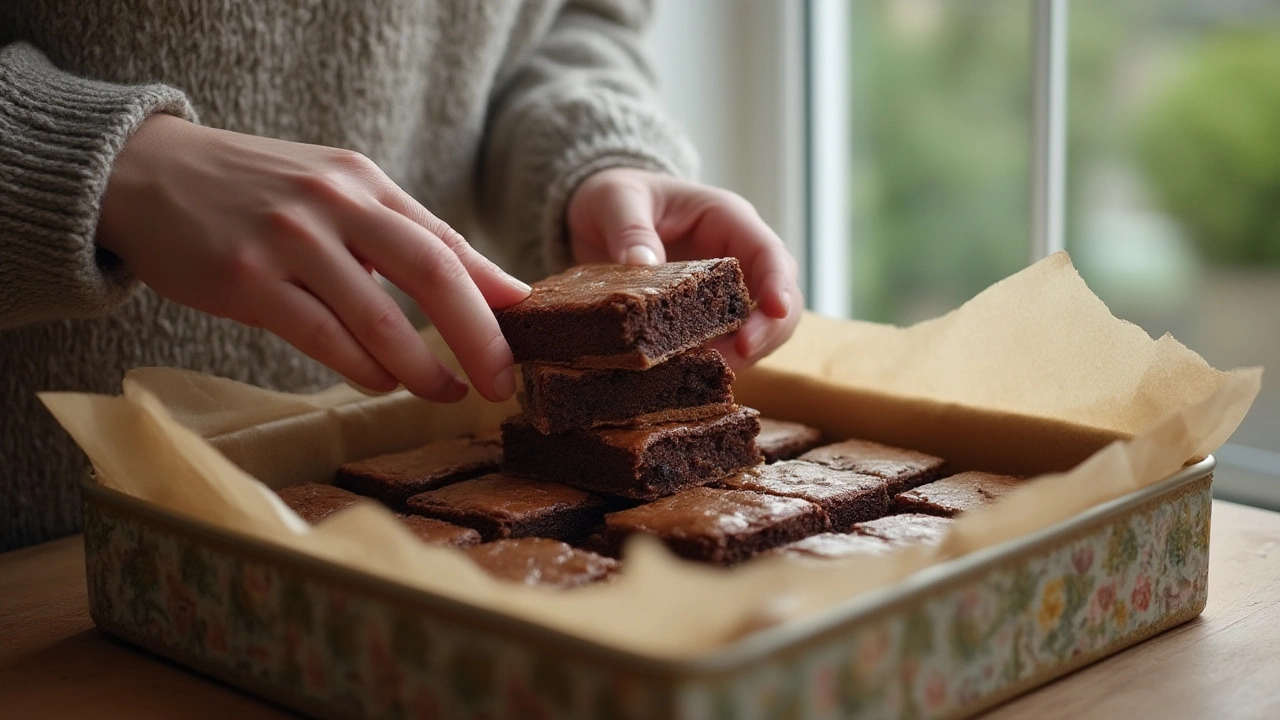
Room Temperature, Fridge, or Freezer: What Works for Glazed Brownies?
This is a big one: should homemade, glazed brownies go in the fridge? Or does the refrigerator ruin them? Most classic brownies—including the ones with a simple chocolate glaze—do just fine at room temp for a few days if kept covered and away from sunlight or heat. Room temperature is also where brownies taste the richest and where you’ll get that famous fudgy texture.
But if your kitchen is hot (over 24°C/75°F), or you’ve used a dairy-rich ganache (think heavy cream and chocolate), refrigeration becomes a safer bet. Dairy-based icings can spoil quickly, so pop those brownies in the fridge if you’re not sure. Just expect the texture to firm up a little—they’ll be thicker and slightly less gooey. Before eating, let them sit at room temp for 15–30 minutes so they soften up again and taste like bakery-fresh.
Freezing glazed brownies is actually less intimidating than it sounds. If you want to prep a big batch for later, cut and individually wrap each brownie in plastic wrap, then in foil. When ready to eat, thaw them uncovered at room temperature; don’t microwave right away or the glaze might melt weirdly. Pro tip: frozen brownies with a butter-based glaze usually hold up better than those with cream cheese or whipped icings, which can get grainy after thawing. If you freeze an entire uncut slab, wrap it well and add a parchment layer over the glaze, just like with regular storage.
- How to store brownies at room temp: 3-5 days max, in a sealed container with parchment paper.
- Chilled storage gives up to a week, but bring to room temp before eating.
- For longer-term storage (over a week), freeze the brownies; thaw on counter to keep the glaze’s texture and color.
Bake shops use these tricks all the time. A surprising study published in 2022 showed that brownies with a high-fat glaze lost less than 10% of their moisture after a week in a sealed container, but only when not stacked. Double-wrapping was the key to avoiding “fridge taste,” which can ruin a perfectly decadent dessert.
Brownie Storage Myths and Common Mistakes to Avoid
It’s easy to fall for misguided internet “hacks” that promise super-fresh brownies for weeks. Turns out, not all tricks work the same on frosted brownies as they do for basic ones. First, never use paper towels directly on the glazed tops—they soak up moisture from the glaze and leave them dull, not shiny. Some people swear by putting an apple slice in with their brownies. Don’t do it. This just adds extra moisture, which can encourage mold, especially on the glaze. Instead, try a slice of white bread if you must (as it’s less likely to flavor the brownies), and keep it away from the glaze by either separating with parchment or placing it only on the side.
Another common blunder is using a warm glaze before storage. Hot or even slightly-warm glaze causes steam, which leads to condensation when you cover it. That’s why your brownies go from shiny to streaky so fast. Let the glaze cool and set fully before wrapping or storing. You’ll know it’s set when you can gently touch the surface and your finger comes away clean, not chocolatey.
Worried about brownies turning hard overnight? That’s usually a sign of too much exposure to air. Every cut edge—especially where the brownie meets the glaze—should be covered or pressed gently against another piece if you can manage it. When sharing brownies at a party or event, always provide a spatula or knife and encourage people to cut as they go. An uncut slab will always keep that coveted chewy center longer than individually pre-cut pieces.
Keep your brownies away from the fridge door, too. The constant temperature change and humidity wreak havoc not just on the brownie base, but the glaze as well. For best chilled storage, place the container in the back or bottom of the fridge, and make sure the lid is tightly sealed. If you love that “fresh-out-of-the-oven” taste, popping a stored room-temp brownie in the microwave for 5–7 seconds (unwrapped!) right before eating can perk up the crust and soften the inside—just don’t do this with chilled or frozen brownies with delicate glazes.
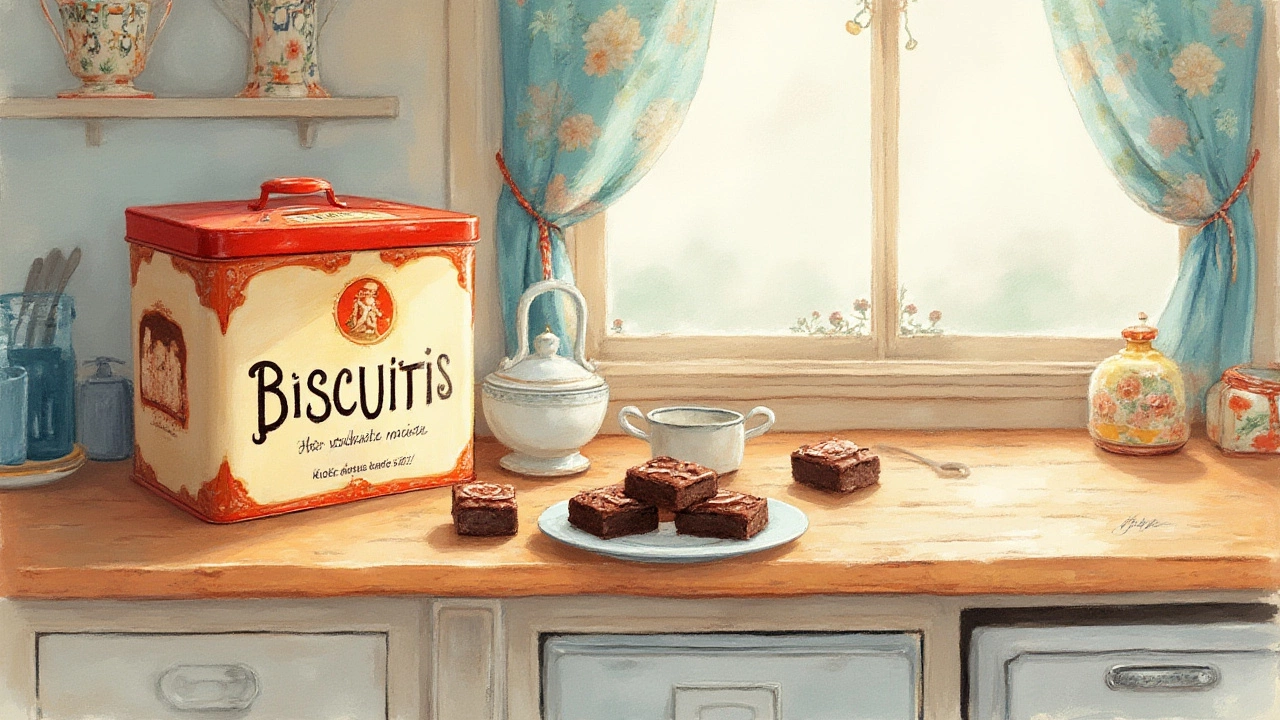
Pro Tips to Keep Brownies With Glaze Looking and Tasting Their Best
Alright, ready for the ultimate secret weapons for *really* beautiful frosted brownies days after you made them? First, if your kitchen gets too humid or dry, use a silica gel pack (the kind used for crackers and chips) tucked in the storage container. Just make sure it never touches the brownies themselves; this helps control excess moisture in tricky climates.
If you’re baking ahead for a big party, try glazing your brownies just before serving instead of before storage. Store plain brownies in their container, then make a simple ganache, drizzle, or classic glaze right before presenting. You get the best of both worlds: fresh-looking brownies and zero risk of ugly, sticky tops in advance. This is how a lot of bakeries keep their signature bars Instagram-perfect even on day four.
For brownies with intricate or piped decorations, use a shallow bakery box with a high lid, and line it with parchment paper. Place each decorated brownie in a cupcake liner—no sticky sides, no ruined glaze. If you plan to gift leftovers, ask your guests to refrigerate them as soon as they get home, and advise a short thaw beforehand for full fudgy flavor.
Wish your brownies stayed shiny and glossy on top? Use a small kitchen torch to lightly heat-set the glaze after pouring (keep it quick—don’t melt or scorch). This helps with the so-called “pudding skin” effect and prevents condensation later. One more random but brilliant tip: don’t store chocolate-glazed brownies next to strongly scented foods (like onions, cheese, or garlic) in the fridge. Brownies, especially fudge ones, are sponges for smells.
- Maintain even, cool storage temperature—sudden changes can create beads of moisture on the glaze.
- Practice double wrapping: first in parchment, then in sturdy foil or a container lid.
- For glossy finish, avoid frostings with a lot of corn syrup or cream cheese for long storage—they attract more moisture and lose sheen fastest.
Bakers say the sweet spot for brownie storage is up to 4 days at room temp and about a week in the fridge—with the trick being to let them come back to room temperature before serving. Want to keep that bakery-fresh texture, bold flavor, and shiny glaze? Respect the details, and your brownies will taste every bit as magical the day after baking as the first bite.


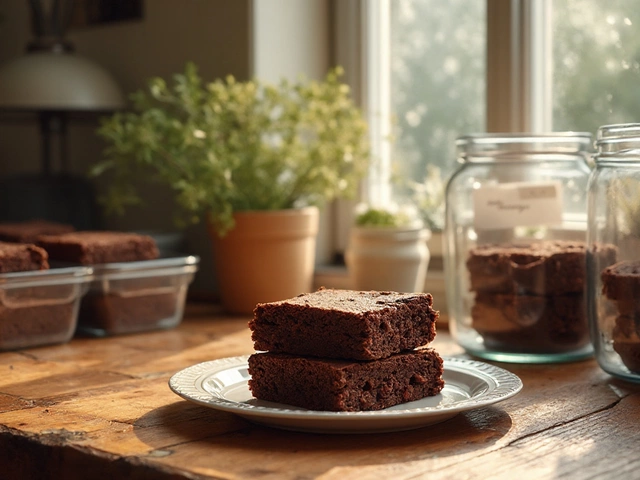
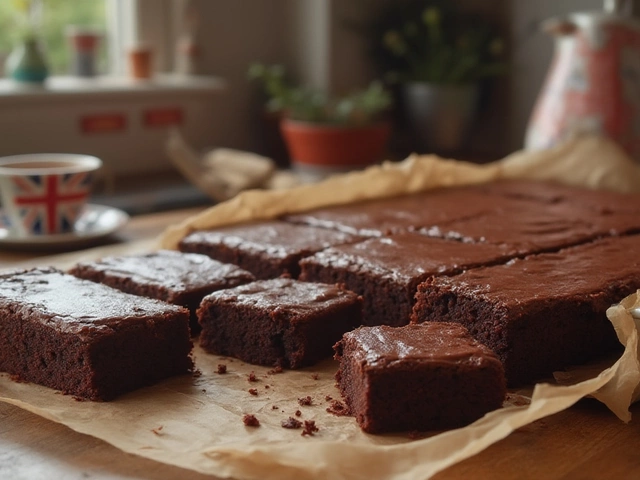
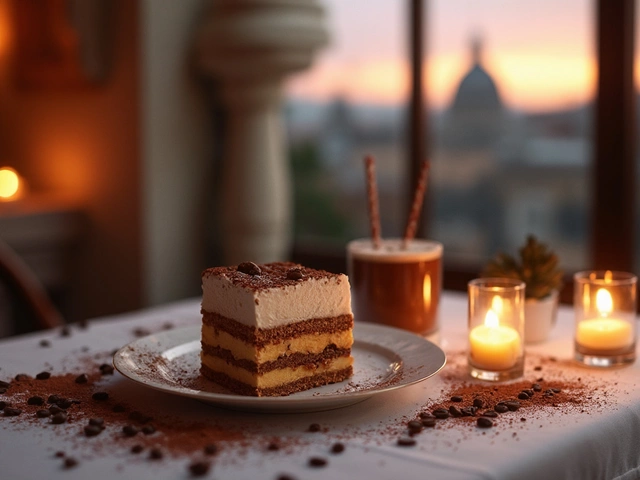
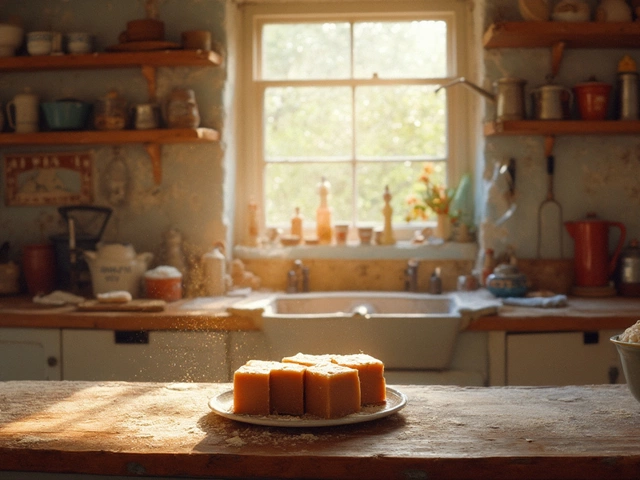
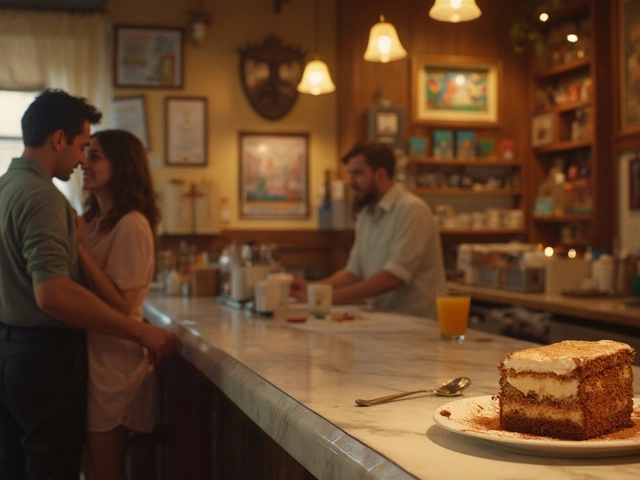


Write a comment